How can a CAMPT Physiotherapist help CrossFit Athletes?
What is CrossFit?
CrossFit is a high-intensity sport involving power lifting, gymnastics, conditioning and agility. This extreme sport attracts elite competitors, but also welcomes beginners as it is modifiable to all. Certified CrossFit coaches are trained to teach participants how to engage muscle, and brace certain muscles groups. This method encourages safer and more efficient performance, especially when completing deadlifts, cleans, snatches and other olympic lifts but; CrossFit can leave out a vital injury preventative measure.
How Can Physiotherapy Prevent or Treat Injury?
As CrossFit is such a demanding sport involving entire body workouts, injury is evidently to occur. Additionally, CrossFit focuses on strength, endurance and power, leaving out mobility. Many injuries occur when mobility is neglected. Thus, this is where Physiotherapy comes into play. A lot of time is spent facilitating muscles, therefore very little time relaxing. Physiotherapy can help CrossFit athletes prevent, recover and rehabilitate from injury.
Common injuries that CrossFit athletes face include:
- Rotator cuff tendinitis, tear or shoulder impingement
- Long head of Biceps tendinitis, tendinosis or tear
- Neck pain, headaches or migraines
- Low back pain
- Sciatica
An advanced practice Physiotherapist such as a CAMPT therapist will start with a comprehensive assessment. This will include a detailed history, a movement assessment and a manual therapy assessment. We will look for areas of decreased mobility, muscle shortening, or nerve sensitivity. Following our thorough assessment, we will design an individualized treatment plan. Treatment options with a CAMPT therapist can include highly skilled manual therapy and manipulation techniques. Part of every treatment plan will include detailed and specific exercises to address your issues.
What Exercises can help a CrossFit Participant Prevent Injury?
Here are some key stretches for CrossFit athletes that can help increase range of motion, which can lead to strength and power gains. Also, check out our services specific for CrossFitters and other athletes here.
Note: stop activity immediately if you experience any pain with these stretches, then contact us for a consult.
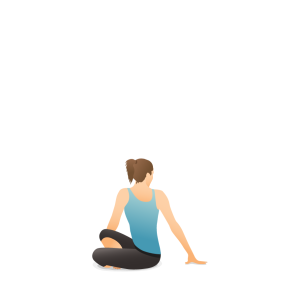
The seated twist is a great way for athletes to increase mobility of the thoracic spine or mid back.
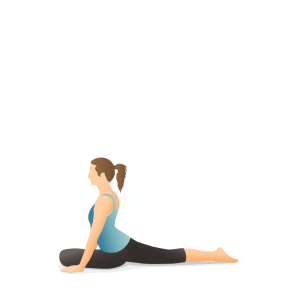
Pigeon Pose is typically a tough one for CrossFitters as we generally have strong and deeply engaged glutes. This is a great way to create more space in your hips.
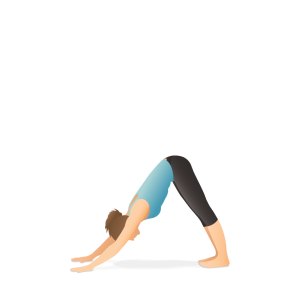
The Downward Dog can be beneficial when used to elongate the spine, providing a stretch and weight bearing through the feet and hands.
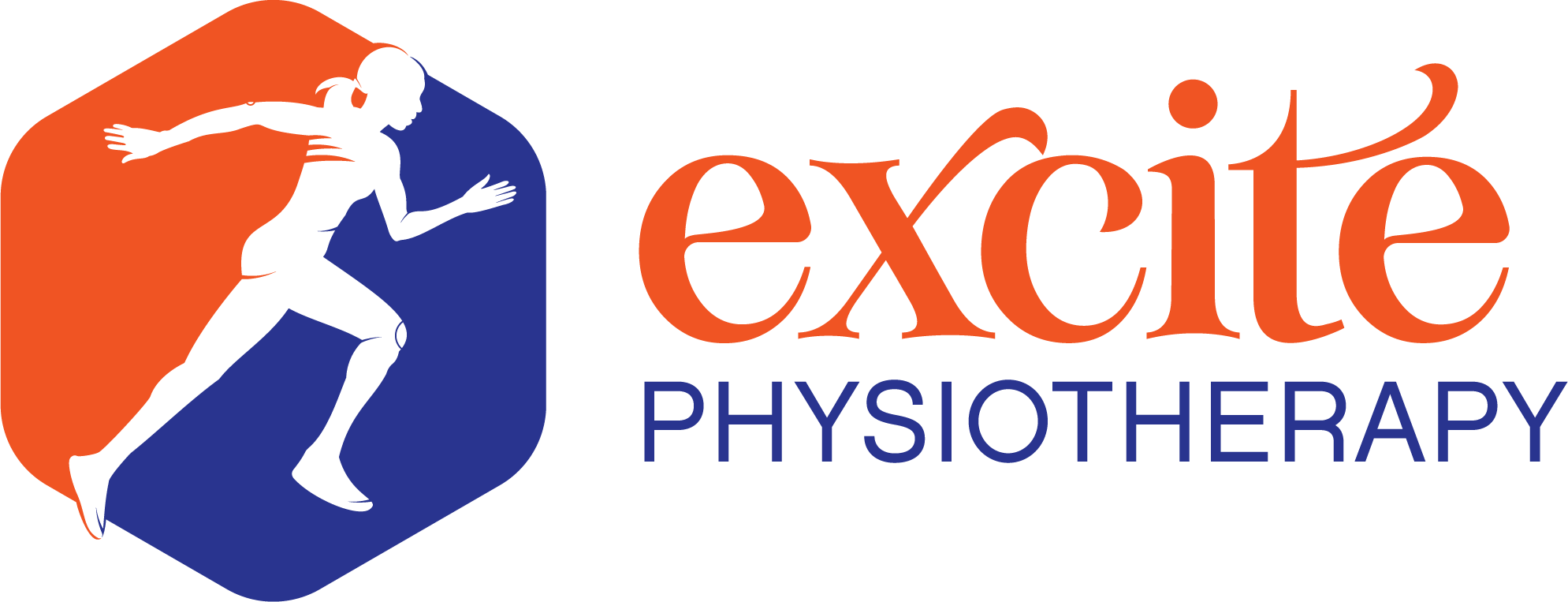
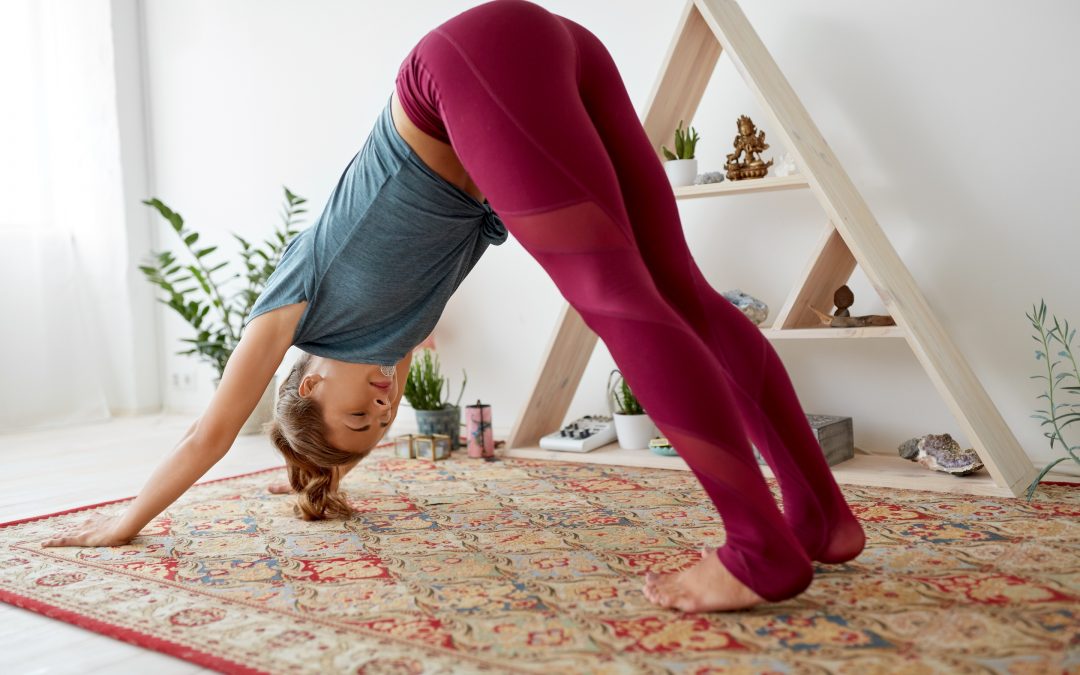
Recent Comments